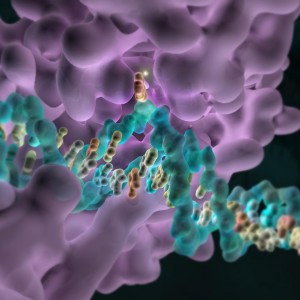 According to a recent study published in JAMA, even though clinicians usually agree on a pathology diagnosis, this consensus can still improve upon biopsy results of atypia diagnoses (or atypical ductal hyperplasia-ADH) and DCIS (ductal carcinoma in-situ).
According to a recent study published in JAMA, even though clinicians usually agree on a pathology diagnosis, this consensus can still improve upon biopsy results of atypia diagnoses (or atypical ductal hyperplasia-ADH) and DCIS (ductal carcinoma in-situ).
In the study entitled “Diagnostic Concordance Among Pathologists Interpreting Breast Biopsy Specimens,” Tracy Onega, PhD and Anna Tosteson, ScD working at Dartmouth-Hitchcock Norris Cotton Cancer Center, assessed the proportion of overinterpreted and underinterpreted diagnoses relative to consensus-derived reference diagnosis. As such, the team evaluated the diagnosis of 240 patients, including 23 cases of invasive breast cancer, 73 ductal carcinoma in situ (DCIS), 72 cases with atypia (atypical hyperplasia), and 72 benign cases without atypia.
“About 1.6 million breast biopsies are done every year in the U.S., yet in nearly half of the cases labeled atypia, our study indicates that there simply isn’t ‘concordance,’ meaning there is not agreement with a standard reference diagnosis,” explained Dr. Tosteson in a recent news release.
[adrotate group=”3″]
There is a lack of research determining how accurate breast biopsy diagnoses are, however this is an important issue for breast cancer treatment. This new research involved 115 pathologists across 8 states, and provided interpretations for a total of 6,900 breast pathology cases. The results revealed there was a total rate of concordance of 75.3%, with a significant rate of 96% when considering invasive carcinoma biopsies. In the case of atypic and ductal carcinoma in situ, the concordance rate was of 48% and 84%, respectively.
“Our findings show that, particularly for women with dense breasts, the lack of consensus in diagnoses of atypia or DCIS is considerable,” explained Dr. Onega in the news release. “The take-home message for women is that it’s not overly cautious to seek a second opinion with one of these diagnoses. In fact, it’s likely to be a good idea.” However, further research is necessary to understand the direct relationship of these findings and patient management. As such, the research team intends to evaluate the different ways that breast biopsies can be examined and their impact on the management of patients.

